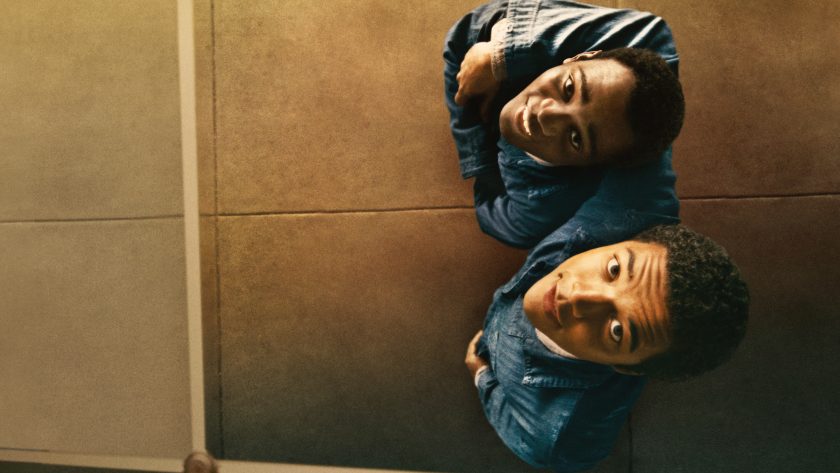Our festival correspondent Carys Manjdadria-Jenkins considers RaMell Ross’ Nickel Boys (2024) and the fleshing-out effect of film.
Since we first put celluloid to screen, assembly lines of colourists began painting black and white frames with colour. Separating the hues, their brushes traced the images captured by the light and memorialised in the plastic. The process of returning colour to the monochrome is one of returning reality to a representation, returning presence to memory. Colourised black and white photos from a history magazine, offering a looking glass into a now invisible world, a process which Nickel Boys indulges in.
The camera rests in the ocular cavities of Elwood and Turner, each one half of the titular duo, capturing fragmented mundanities, piecing together a life of someone history was determined to forget. This process of looking back, as director Ramell Ross requires both the audience and his characters to do, usually pulls each one away from the other, wedging the nature of the narrative form between them. Yet Ross refuses this distance, leaving palimpsests of the past and present. It is this continued sense of history that is found through the flash forwards that sit beside inserts of archaeological remains, a constant looking back and forward as we remember, from the position the boys dreamt of, what they were always trying to forget. As the white teacher beats the black boy with a belt, each lashing is punctuated by the postcard of a lynch victim. Faces blurred and bloodied from the enlargement and loss of resolution, twice murdered in body and now in memory. It is this weaving of non-celluloid imagery into the blanket of the medium that aches to sustain such memory.
The moving image is accompanied by inserts of forgotten photographs, magazine clippings, newsreels, lives caught on digital camera. These papers and electronic artefacts of life mean that most of the story refuses to reveal itself, hiding behind symbolism and suggestion. Hints of hope, false images. Elwood races across the street to Martin Luther King, only to discover his hero to be a cardboard cutout. Geckos play war in spilt milk, alligators stalk, bruised donkeys haunt hallways, boys bark as gods, the American South is a howling pack resisting domestication. A pick up truck shuttles down a country road, corn growing at its sides, a wooden crucifix sparking at the gravelled ground. Rockets trail through the white speckled sky as the space race lifts humanity from the mortal ground to the realm of the gods. Beside their television screen, the small lift themselves into the grand. Elwood tries to. But a gaping hole is left by him throughout. His distance from the audience; the grieving wails of his nana, hugging Turner in place of her lost grandson; his death caused by the gaping gun hole in his yearning heart; the memory continued by Turner.
The distance is bridged somewhat by the pov technique. It may have been this stylistic decision, or it may have been her similarities of fortitude, moral values, and hope against a failing system, but Elwood’s maternal figure soon came to resemble my own. The unique telling of Nickel Boys works to force the viewer into the place of its protagonist, using suggestion rather than didacticism to create an original telling of a well-versed story. Like the viewers watching the space race, you extrapolate yourself from the detailed to the grand, realising the existence of each character as having a place within the world outside the cinema room. Nickel Boys offers a wider scope and a wider comment, not just on the 60s era, but in our continued time, following our process of remembering and charting what we hope to be progress.
Twice appears a dry cleaned suit, swaying in the wind waiting for the body to fill it. Nickel Boys offers the bodies.




